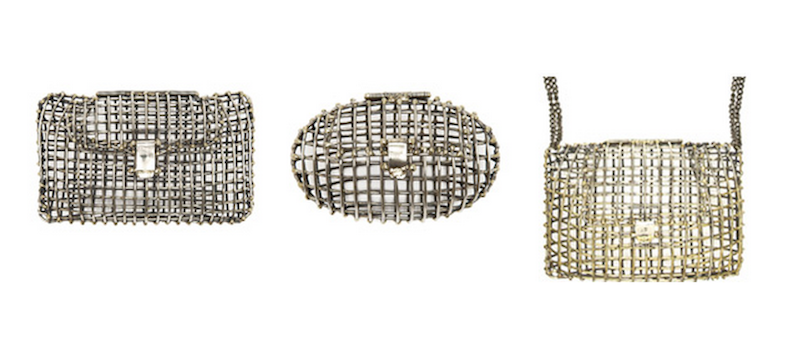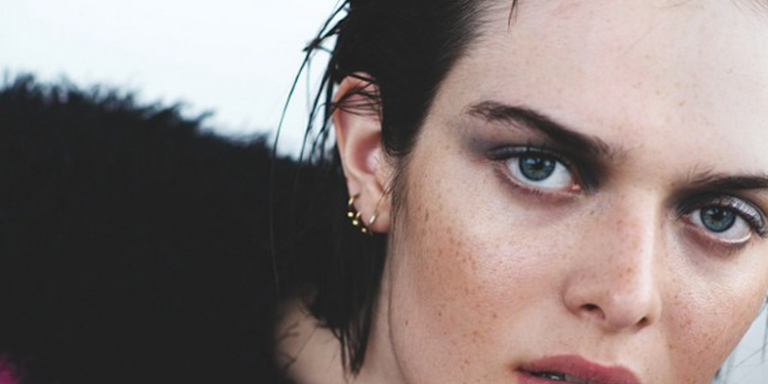1. Acne.
Not only will an average Acne dress always be exceedingly cheaper than any Chanel or Dior dress, but the quality and shelf life of their clothes make them feel like even more of a steal. Acne’s founder Johnny Johansson isn’t the type of guy you’ll see running around during fashion week, acting like one big self promotion and hating on the attention-craving kids any chance he gets. He doesn’t even know who these trend hoarders are, and frankly he doesn’t care. He’s one of the few people left in the fashion industry who does it for no other reason than his love for design, textiles and production. He makes his clothes not only to last, but to get better with time. Which makes investing in a pair of Acne jeans or an Acne jacket even more worth it.
2. Suno.
Suno is no bargain either, but again, their price points start significantly lower than the higher-end of the high-end fashion brands. Founded in 2008, Suno was first conceived by Max Osterweis after he witnessed the violence that erupted post-election period in Kenya. The basis of Suno started with Kenyan Kangas, which Max had been collecting for awhile. With Suno, you get the best of both worlds: their production is in India, Peru, Kenya and New York, but in factories that are under constant monitoring and surveillance. Apparently Suno’s production manager won’t give the go-ahead to a factory unless she can sit in the factory comfortably and sew something herself.
3. Andra Neen.

The cage clutches start at $675, but before you come at me with blow torches and flying daggers, let me just say: if there’s anyone who knows that $700 is not cheap, it’s me. But here’s something else I know: Céline, Balenciaga, Prada, Saint Laurent and so many other brands’ bags ALL START at a grand, at the very least. Andra Neen’s bags are not only cheaper than that, but cooler — like mini, portable birdcages. And the sisters behind the brand come from a long lineage of talent too: their grandmother, Annette Nancarrow, was a painter, sculptor and jewelry designer, whose pieces were collected by Anais Nin, Frida Kahlo, Helena Rubenstein, Peggy Guggenheim, Elizabeth Arden and others. In light of this clout, plus the fact that Michelle Obama has worn Andra Neen’s stuff, $700 for a bag doesn’t seem so bad.
4. Rachel Comey.
Rachel Comey produces the majority of her collection in New york, which might leave some wondering why her prices aren’t up there with The Row. $500 for a pair of clogs is still a pretty penny, but her prices don’t get much higher than that. And perhaps it has to do with the fact that her brand hardly has any investors. Though for a designer who aims to locally source all of her materials, it seems likely that Rachel Comey will be swooped up by some grand investors soon.
5. Stella McCartney.
She’s adored by Kate Moss and Cara Delevingne, and design-wise, she’s practically up there with Phoebe Philo. Yet where one of Phoebe’s Céline bags will cost you over $2,000, Stella McCartney’s bags will only cost you a fraction of that price. Why? Because they’re vegan. Her entire line, in fact, is vegan. Not only does she not use leather, skins or fur, but she also makes sure that the glue used in the clothes’ production contains no animal products either. Even the wool she uses comes from only those suppliers who can present physical proof of no inhumane practices. ![]()





